If you were to ask, “What are traditional Japanese buildings called?”, you may receive a number of different answers such as: kominka (古民家), ryokan (旅館), machiya (町家), etc. While they all have their individual characteristics, in this article, we’ll be discussing the machiya architecture.
Read on to learn about the machiya history, its unique architectural features, and how you can stay in one during your next visit to Japan.
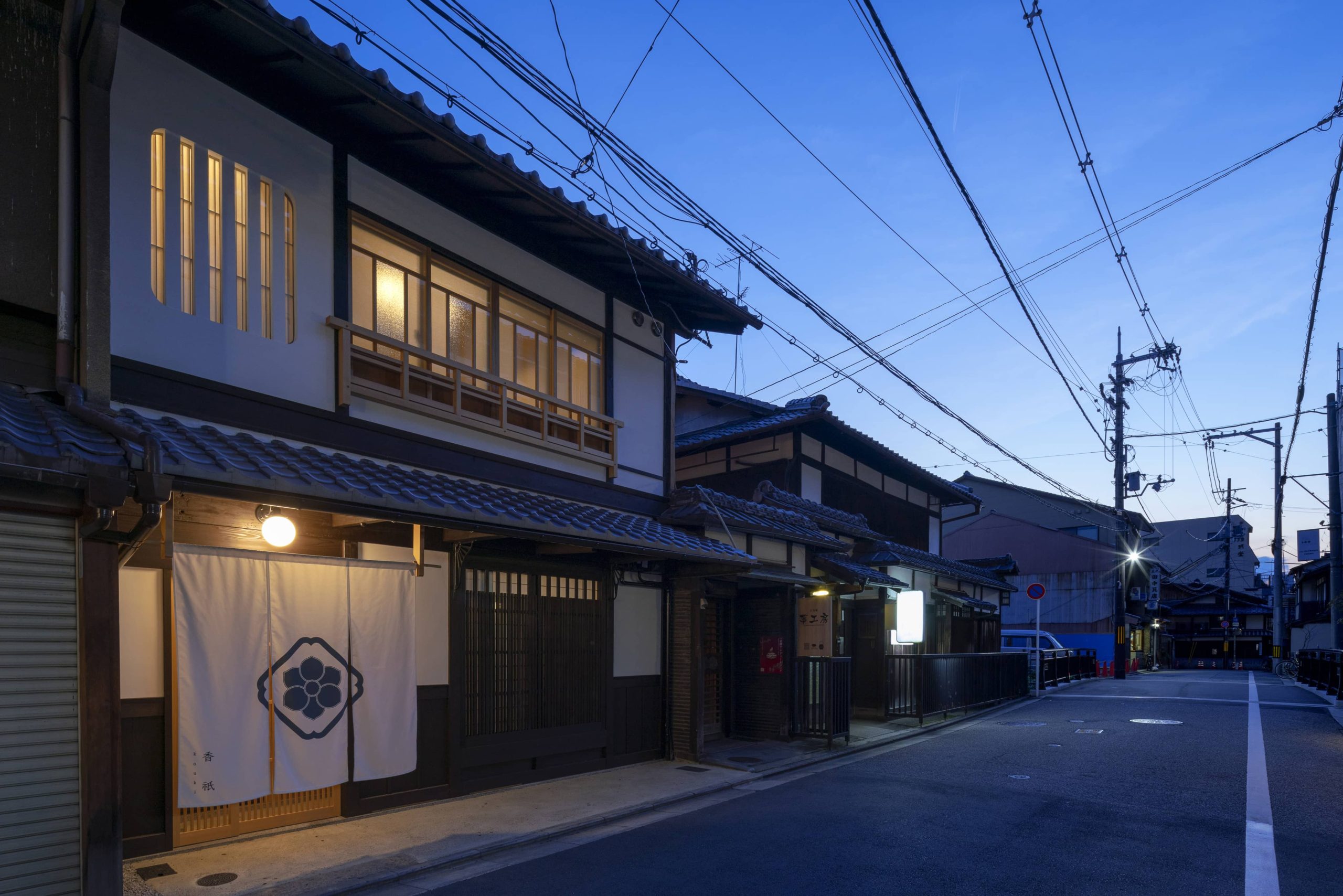
What is a Machiya?
Machiya (町家) are Japan’s traditional wooden townhouses that functioned as both a residence and place of business.
From kimono shops, thread shops, dry goods stores, and more, these traditional Japanese houses were an integral part of Japanese culture and life. You can find them throughout Japan, but larger, well-preserved machiya neighborhoods are now only found in a select areas such as Kyoto, Kanazawa, Takayama, Kurashiki, and more.
Bonus Fact: You may also hear the word ‘kyo machiya‘ from time to time. A ‘kyo machiya’ specifically refers to the Kyoto-style machiya houses found in Kyoto city.
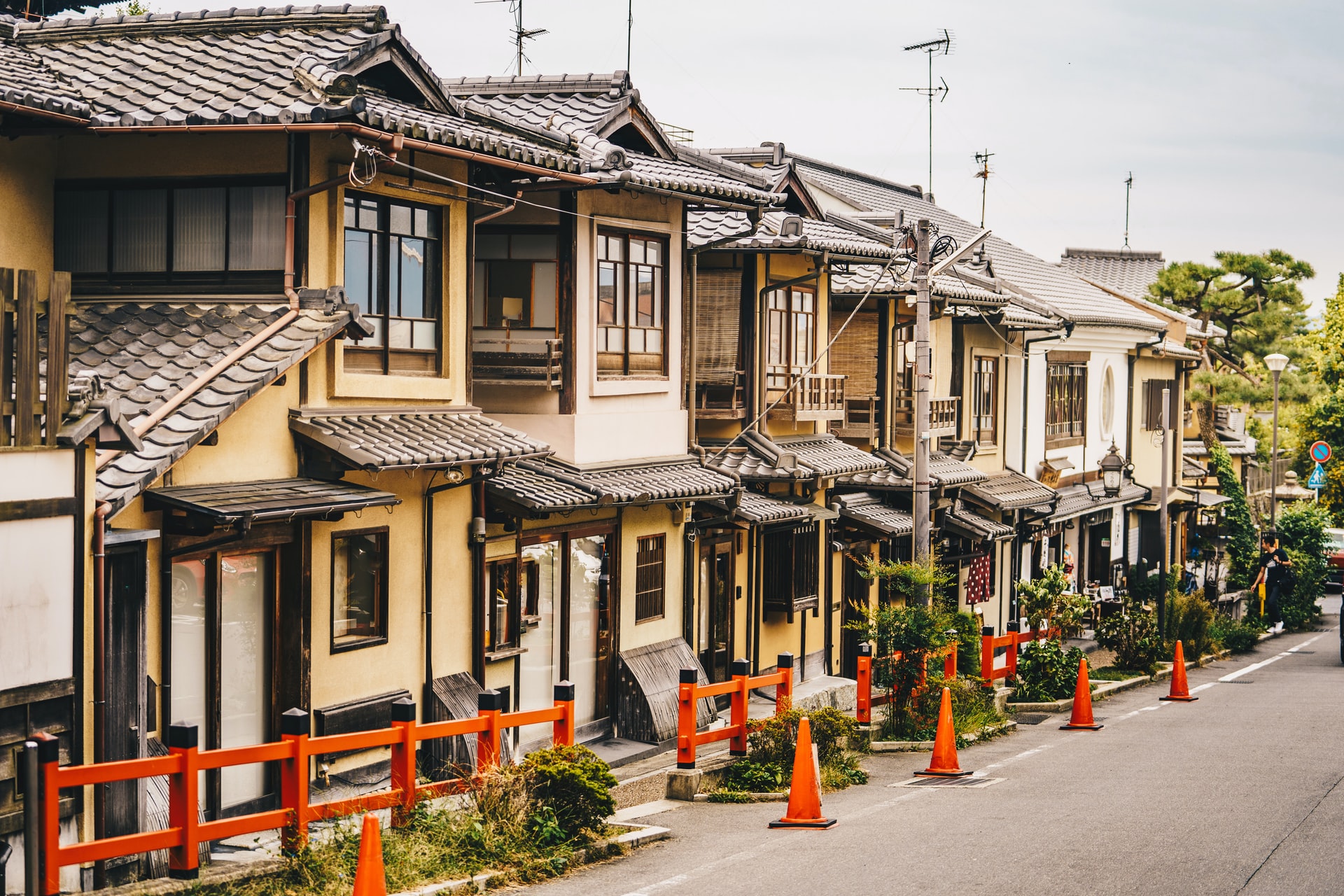
Are all traditional Japanese townhouses called machiya?
No. While Japanese-style architecture can be built in the ‘machiya-style’. A traditional wooden townhouse is officially designated as a “machiya” if, and only if, it was built before 1950 (prior to when the Buildings Standards Act was put in place).
Authentic machiya were built with many traditional carpentry techniques, such as creating the machiya’s main frame with vertical columns connected by horizontal wooden beams, and using ‘kumki’ joinery methods (strong joinery pieces made without nails). These traditional construction methods were and are still considered highly sophisticated, as it is earthquake resistant & is able to absorb a considerable amount of an earthquake’s force.
Once an authentic machiya has been torn down, it is no longer allowed to be rebuilt via the same traditional construction and carpentry techniques, which is what makes these architectures so rare.
What are the unique characteristics of authentic machiya?
There are many specific characteristics that make up a machiya townhouse, but below are some typical features that you may find:
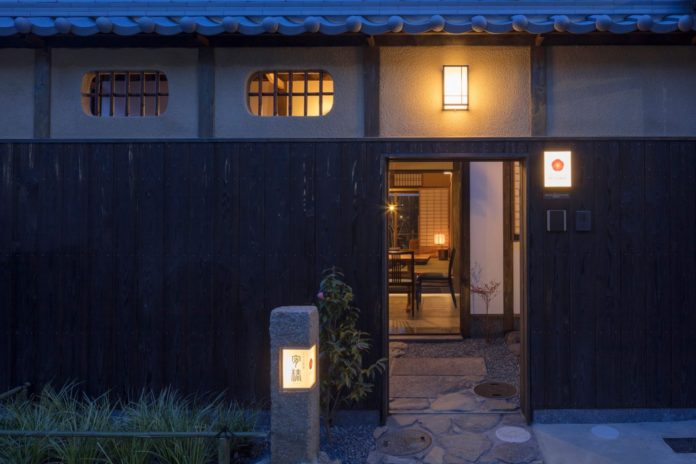
A machiya is a traditional wooden townhouse. It has over a thousand years of history, dating back as far as 794 AD, or the Heian time period in Japan.
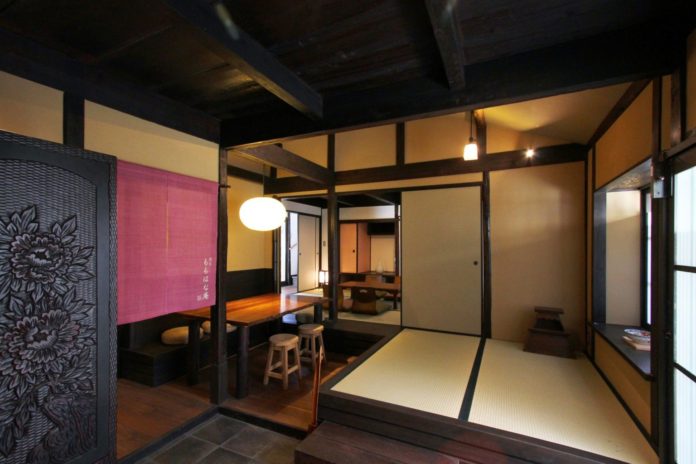
Machiya can be found throughout Japan, but are most famous in cities such as Kyoto and Kanazawa. They not only served as homes, but served as storefronts for merchants and craftsman
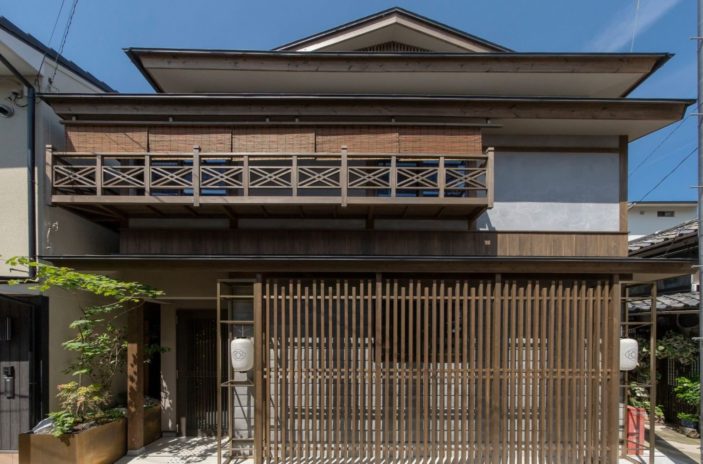
During the Edo period, stores were taxed according to the size of the storefront facing the street. The narrow build of the machiya was designed to give merchants as small as possible a storefront, while providing plenty of space behind the shop for living quarters.
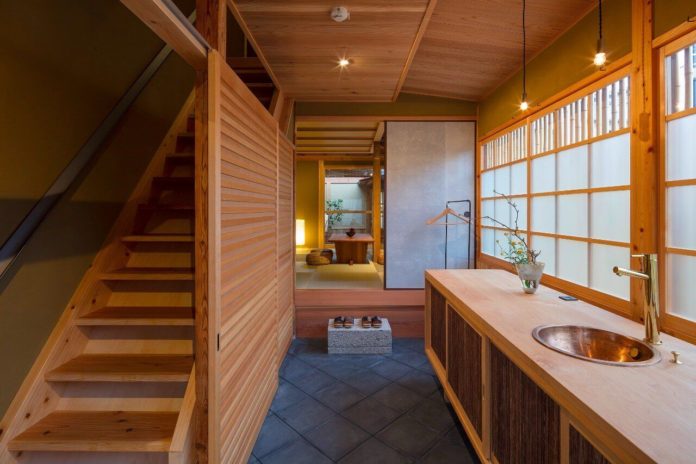
In Kyoto, many machiya are often referred to as ‘unagi-no-nedoko’, or as a ‘bed for an eel’. This nickname is due to its unique architectural design. They often feature a narrow front and a deep interior, resembling the long shape of an eel.
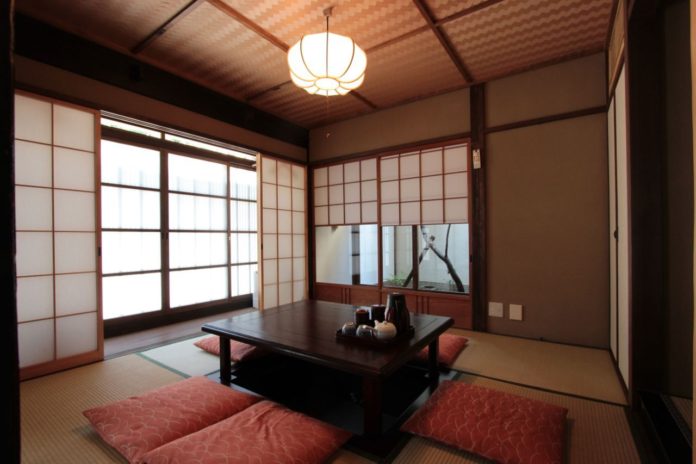
The first room in a machiya, which faced the street, was called the mise-no-ma, or the shop space. It had the ability to open up to the street to display wares during the day time by opening either sliding doors or shutters.
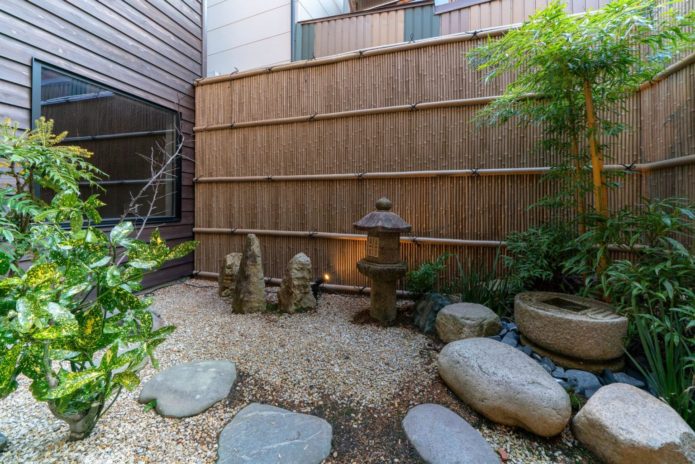
Most machiya were built where the walls were either shared or were directly next to a neighboring machiya. The niwa, or garden, was an indispensable design element to aid in air circulation and allow sunlight into the house.
Can I stay in a traditional Japanese house (accommodation) in Japan?
Yes! Take a look at some great options for Japanese-style machiya hotels and Japanese-style machiya holiday house accommodation in Japan down below! All of the Japanese-style hotels and holiday homes are part of MACHIYA INNS & HOTELS, and are located in Kyoto, Kanazawa, and Takayama Japan.
While protecting the history and culture of Japan, machiya accommodations maintain the traditional design while also updating to meet the modern needs of travelers. Stay in a traditional machiya accommodation to experience a piece of Japanese history during your next visit!
If you’d like to take a look at our recommendations on how to spend your time in Kyoto City, take a look at our guide for the ’10 Best Things to do in Kyoto, Japan’.
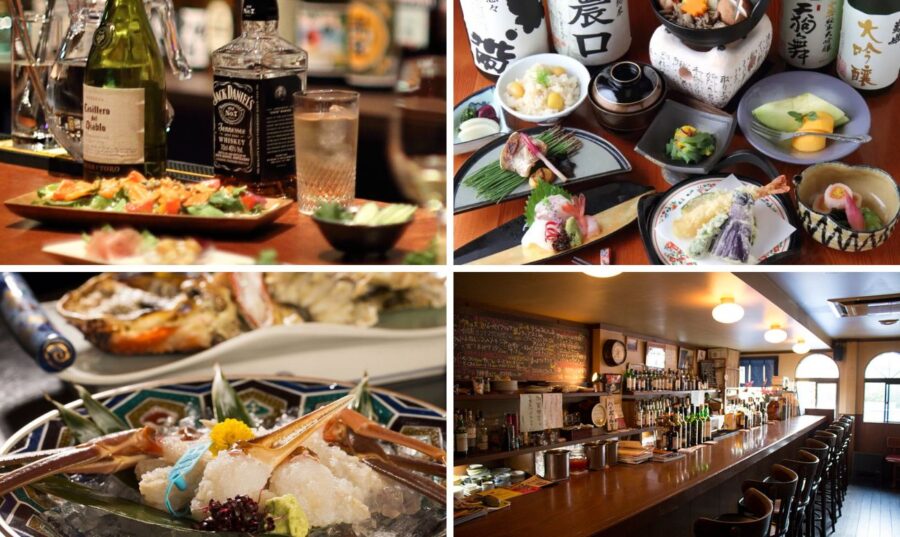
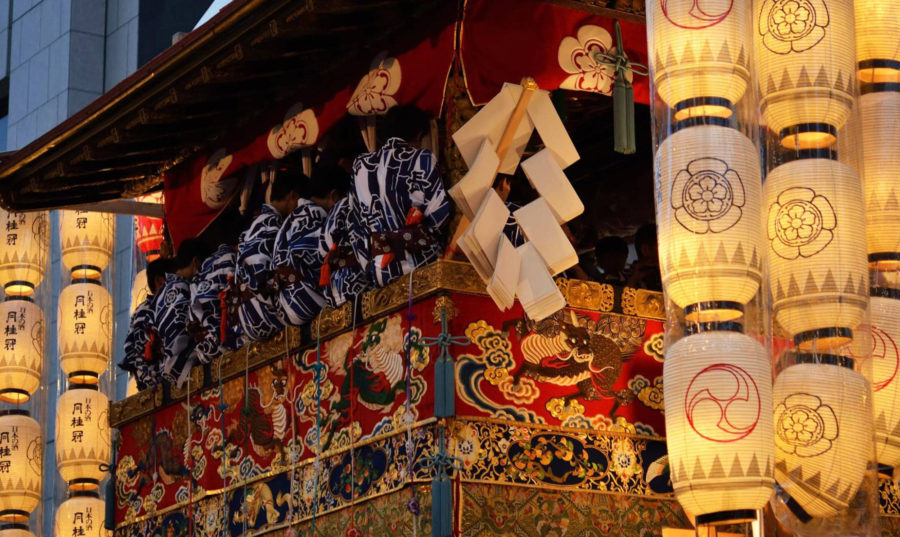
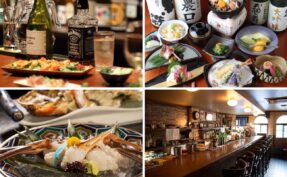
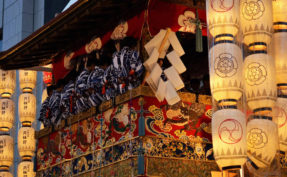
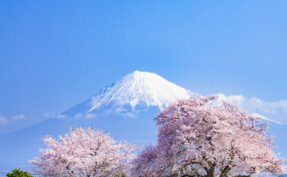
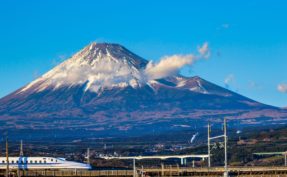

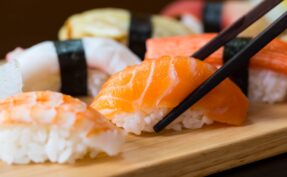
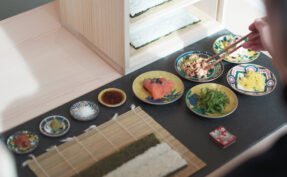
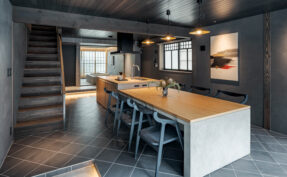
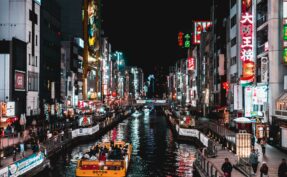
最近のコメント